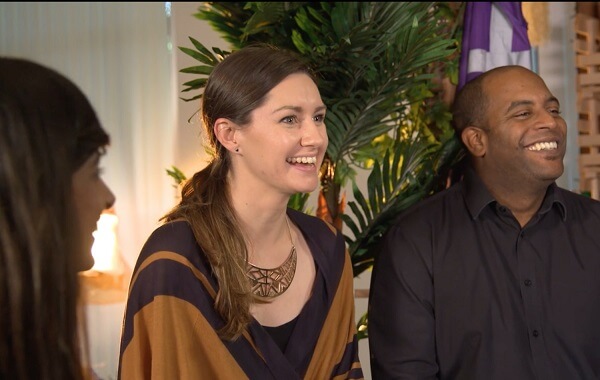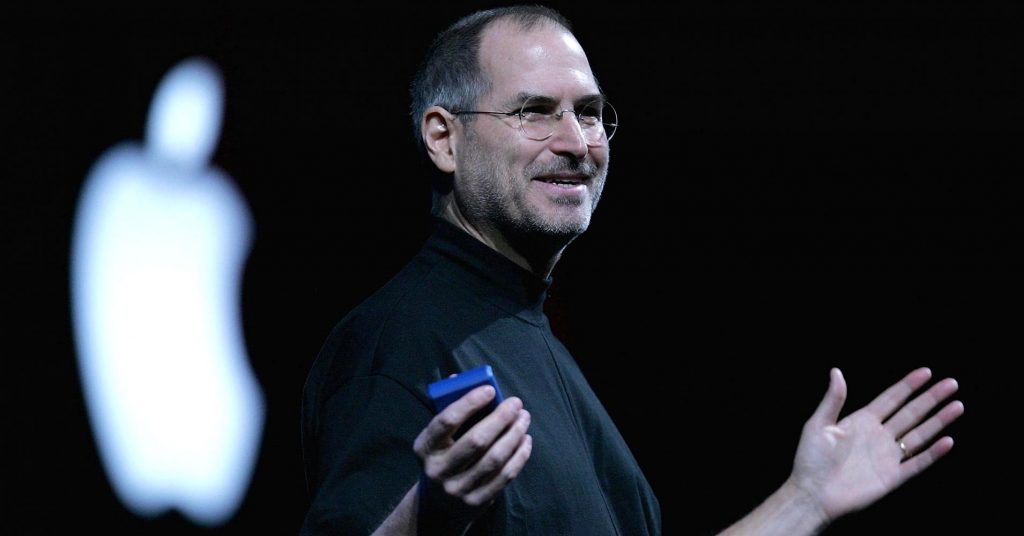
What is a microinteraction? Even though we encounter them every day, we rarely notice them – yet they’re an important part of user experience (UX), adding depth and boosting engagement.
Microinteractions are small, contained, single-use moments that happen whenever we perform certain tasks on our smartphones, computers, and even home appliances. The animated heart that comes up on your screen when you like a picture on Instagram? That’s a microinteraction. The sliding button you use to turn your data on and off on your iPhone? Another example of a microinteraction.
Because they’re so small and intuitive, we forget that they are even here. It might be tempting to dismiss them as unimportant – after all, you want the design on your website to be noticeable and memorable! However, they matter just as much as the more detailed design work you’ve done on your website or app.
Well-designed and integrated microinteractions can boost engagement, and provide your users with a much more positive experience. Here’s how:
1. They keep users informed and show them their actions
Microinteractions can help inform your users that their actions are having an effect, and give them more control over the way they navigate your site. By having an animation pop up when users perform certain actions (such as liking a post, clicking an ‘upload’ button, and more) or when they receive information (like a notification), you’ll engage with your users in a more interesting way and encourage them to keep interacting with your website or app.
2. They teach users new things and create habits
Microinteractions are useful for creating “habit loops”, where users become familiar with the way your website works. They learn which actions to perform and the results of these actions, which makes your interface design understandable and approachable.
Habit loops are a three-step process:
- The cue: initiates action
- The routine : in response to the cue, the user performs an action
- The reward : a benefit the user gets from completing the routine
An example of a habit loop would be app notifications: a notification pops up (cue), prompting you to open the app (routine), and opening an instant message or email (reward).
When it comes to microinteractions, the final reward is very important. While your users might not be receiving an email, having an entertaining animation to end the habit loop on makes your website seem more human and creates an attachment between you and the user.
3. They make your website human and give visual rewards
Microinteractions are fun – that’s the whole point of them. They bring your website to life and can help show your brand’s personality through a more informal, relaxed tone of voice and entertaining, humorous visuals. Think about Mailchimp, for example: they constantly use funny microinteractions to make the process of creating and sending an email more entertaining.
Microinteractions are a great way to make your website or app more engaging. Need some webdesign work? Come talk to our experts!



